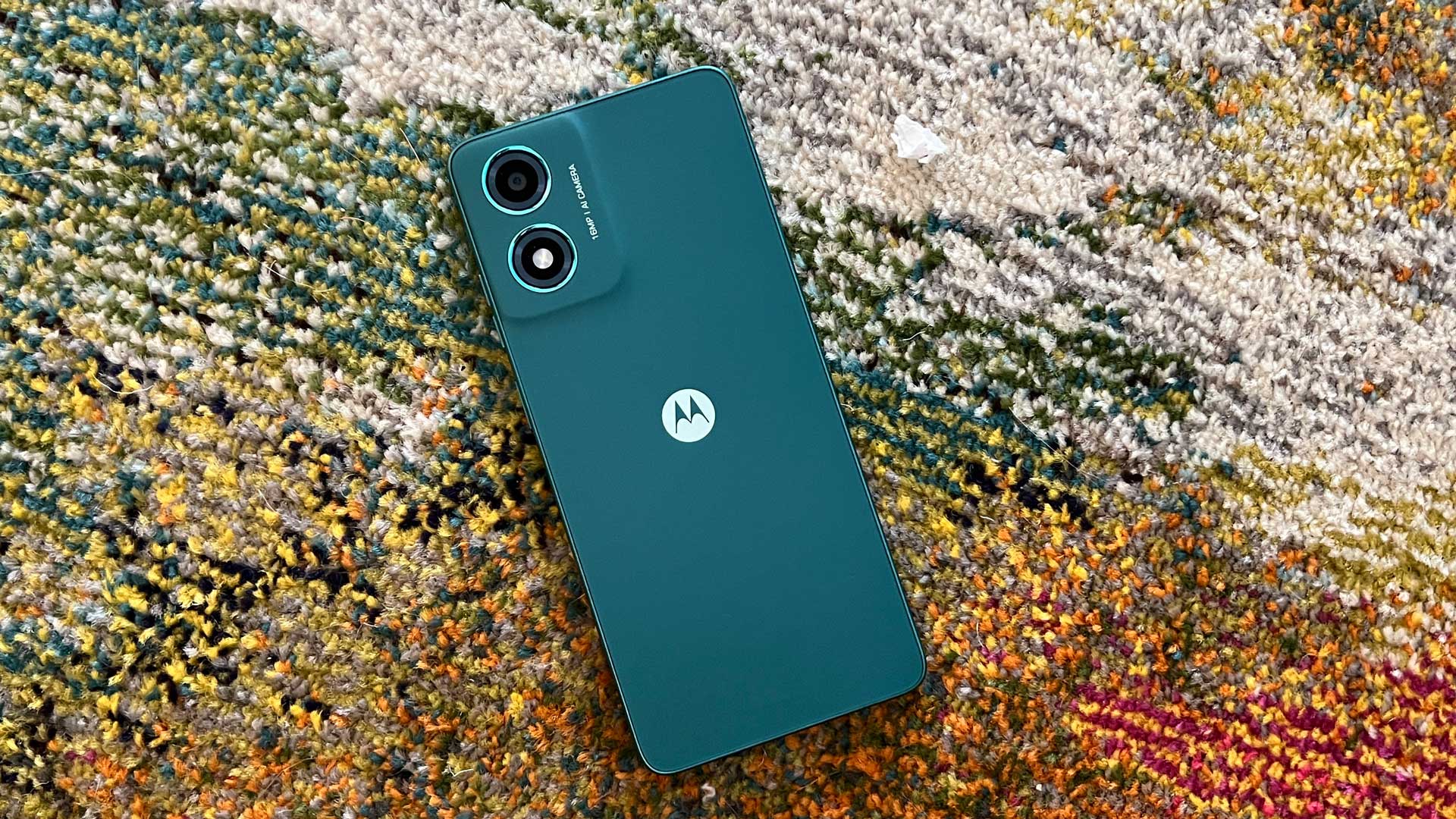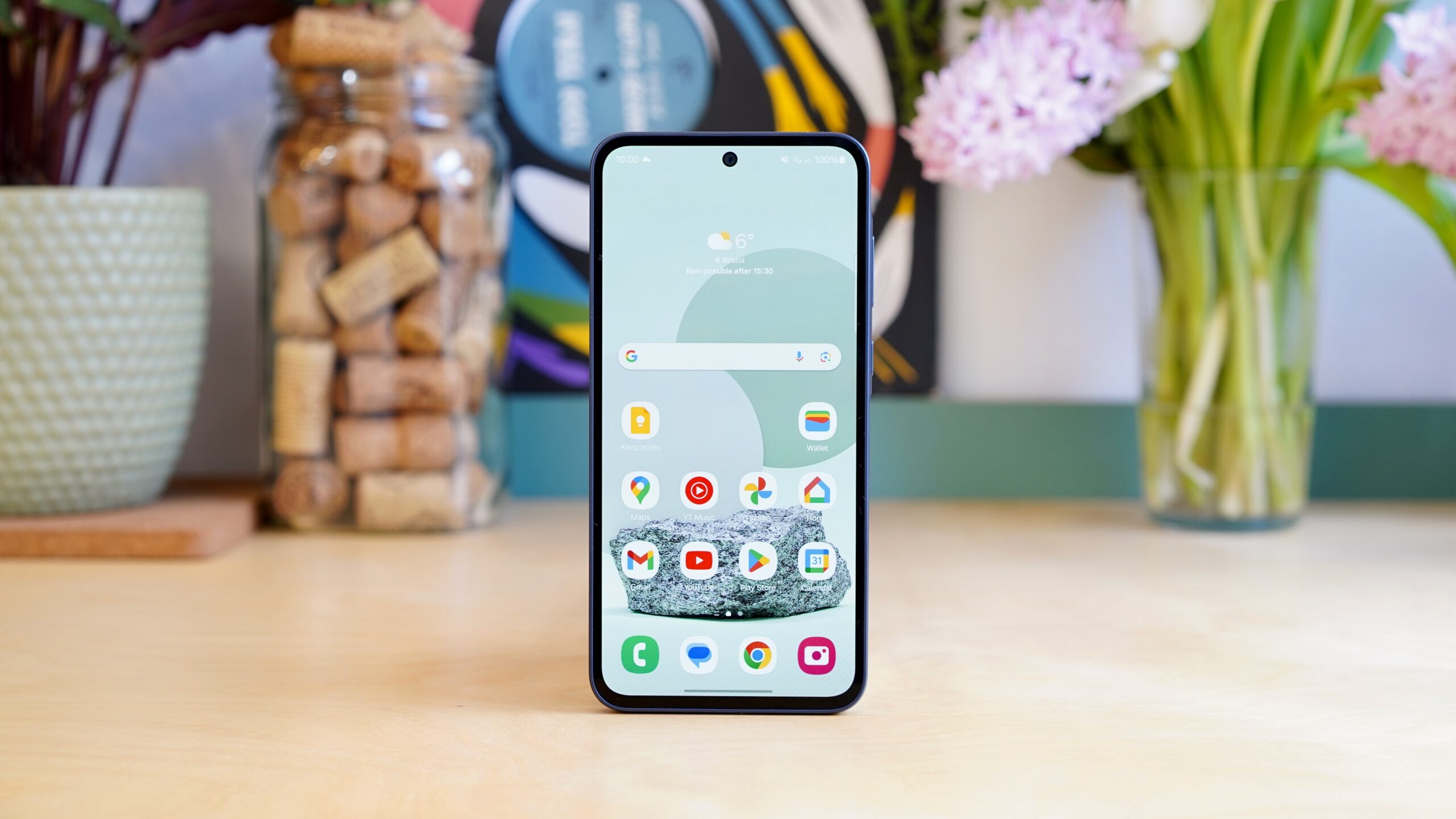Xiaomi 13 Ultra Review
The Xiaomi 13 Ultra takes smartphone photography to the next level
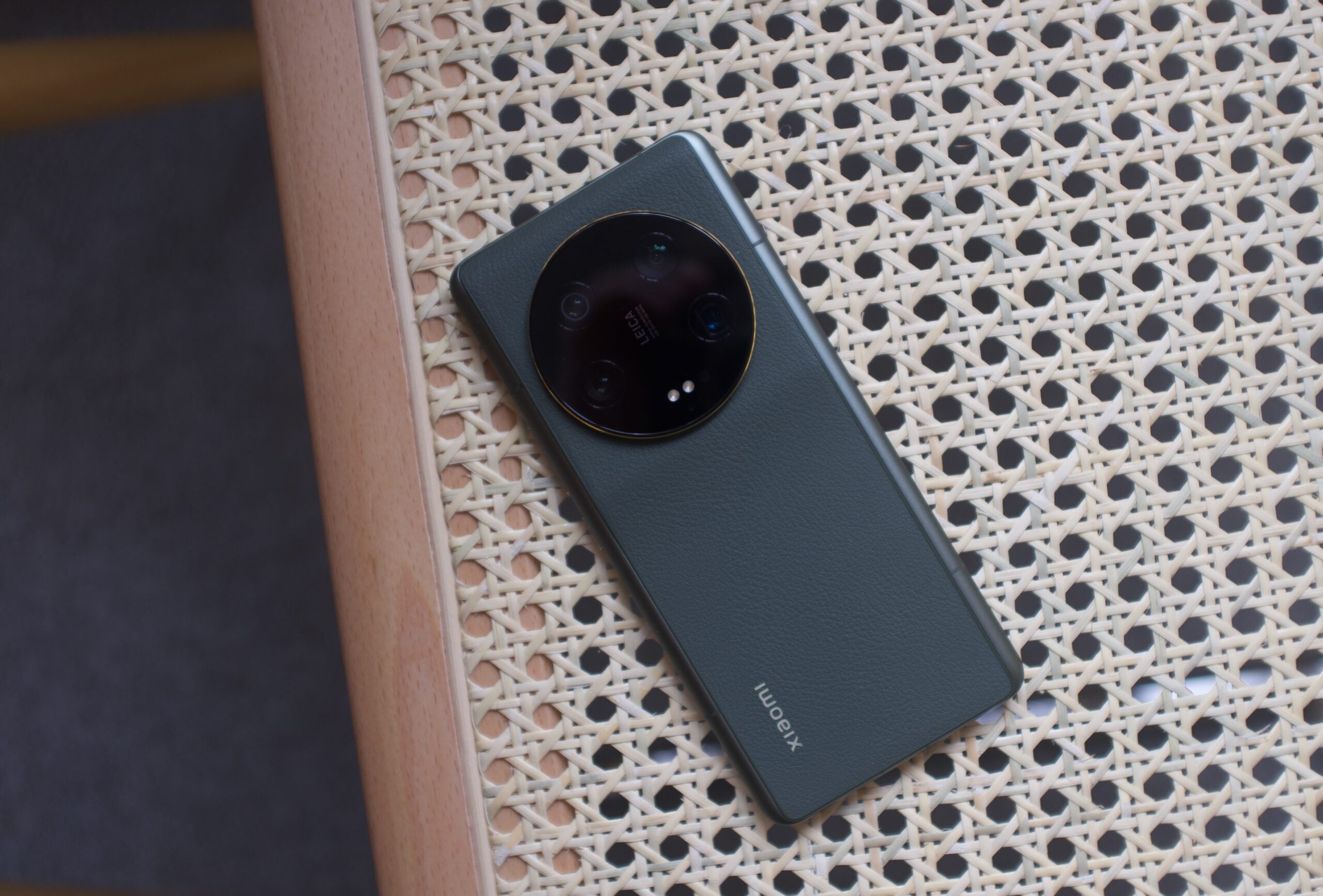
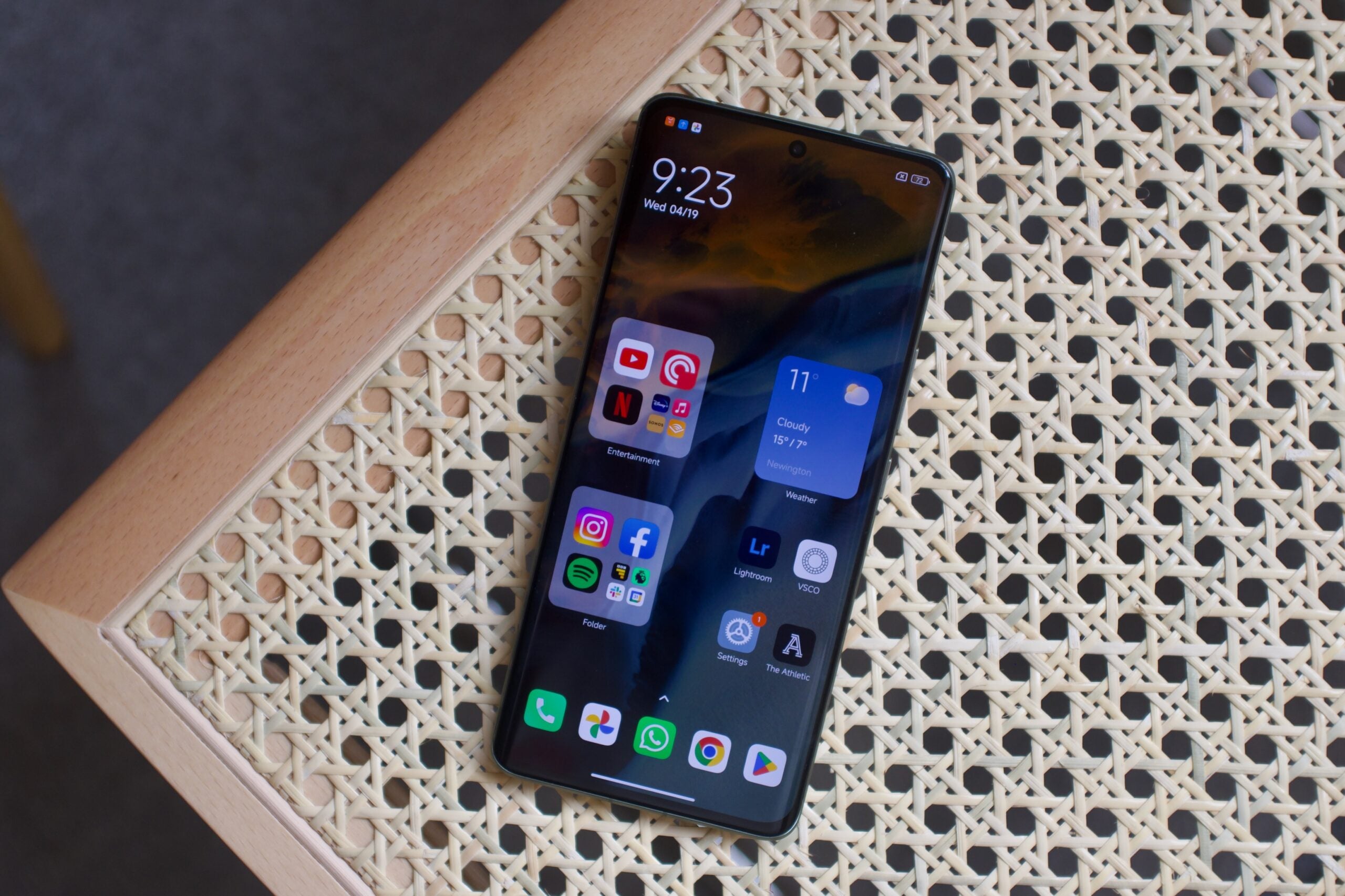
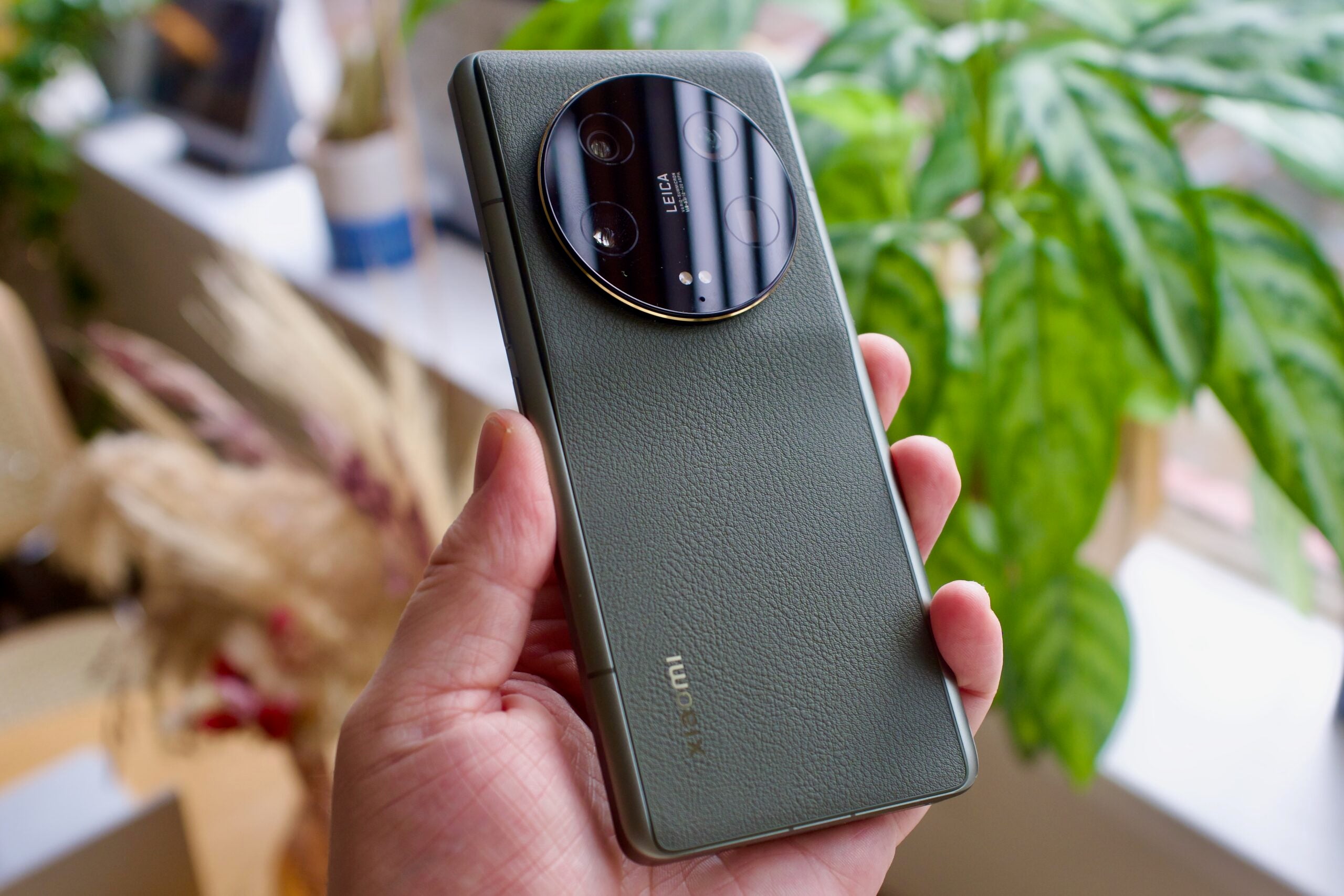
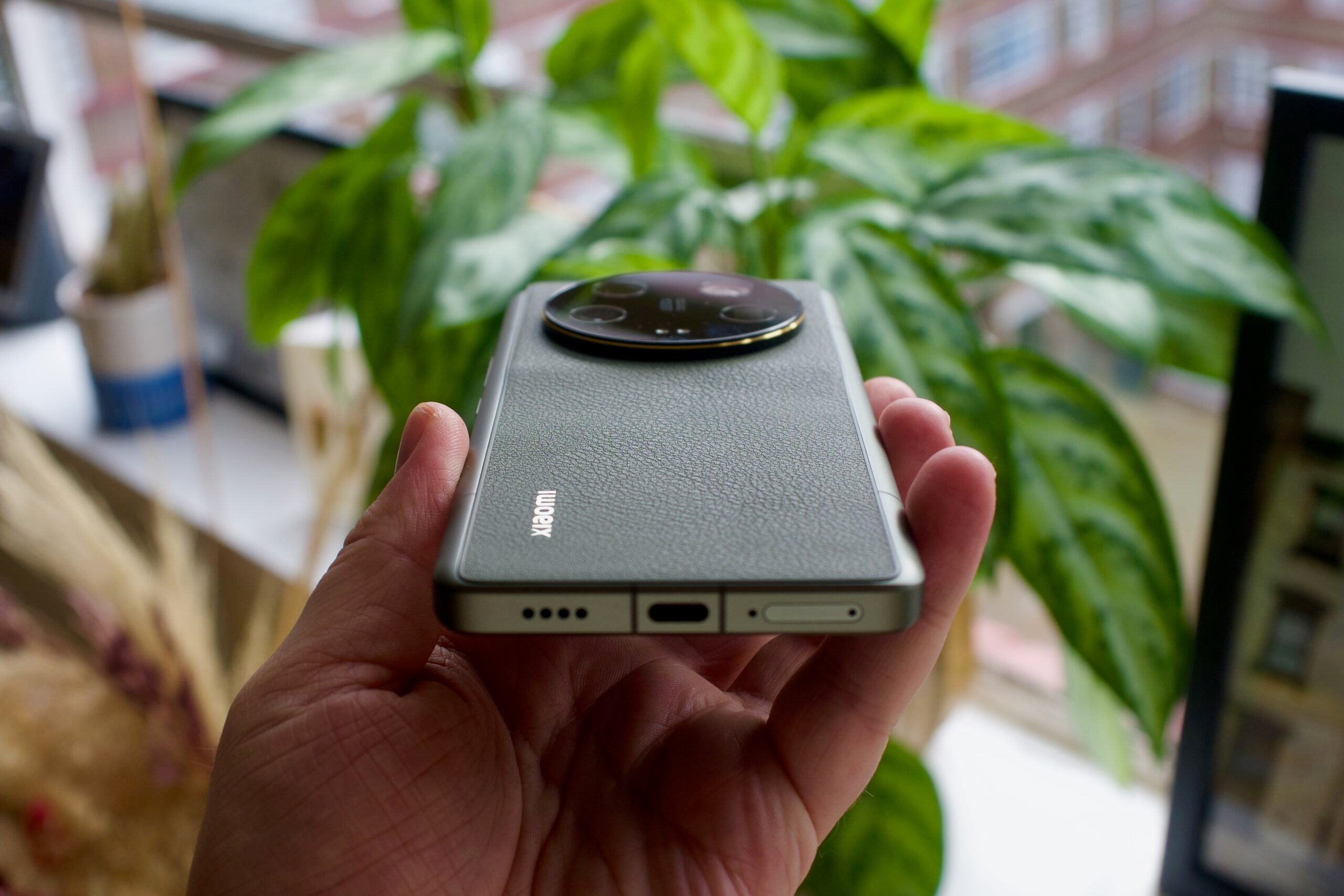
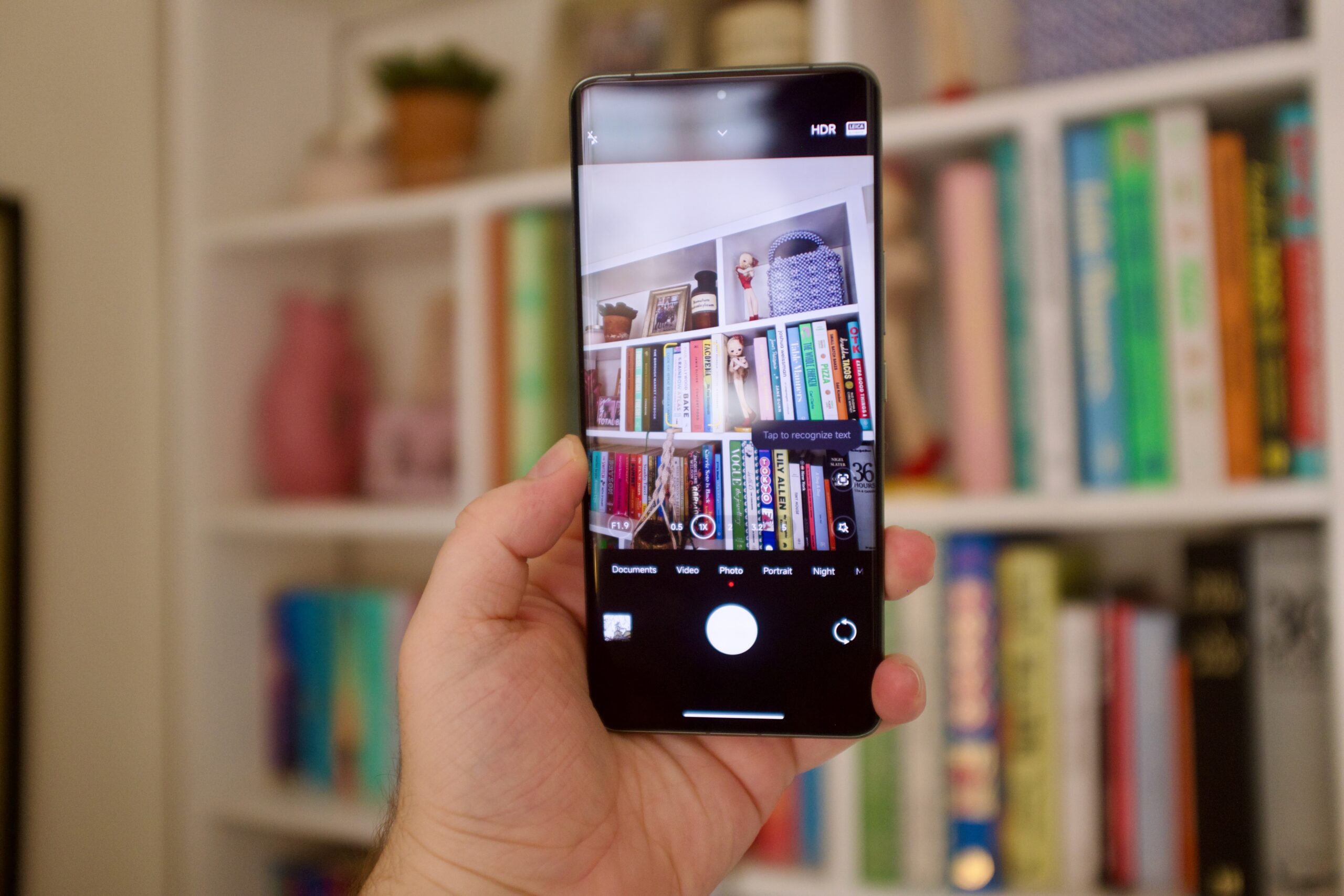
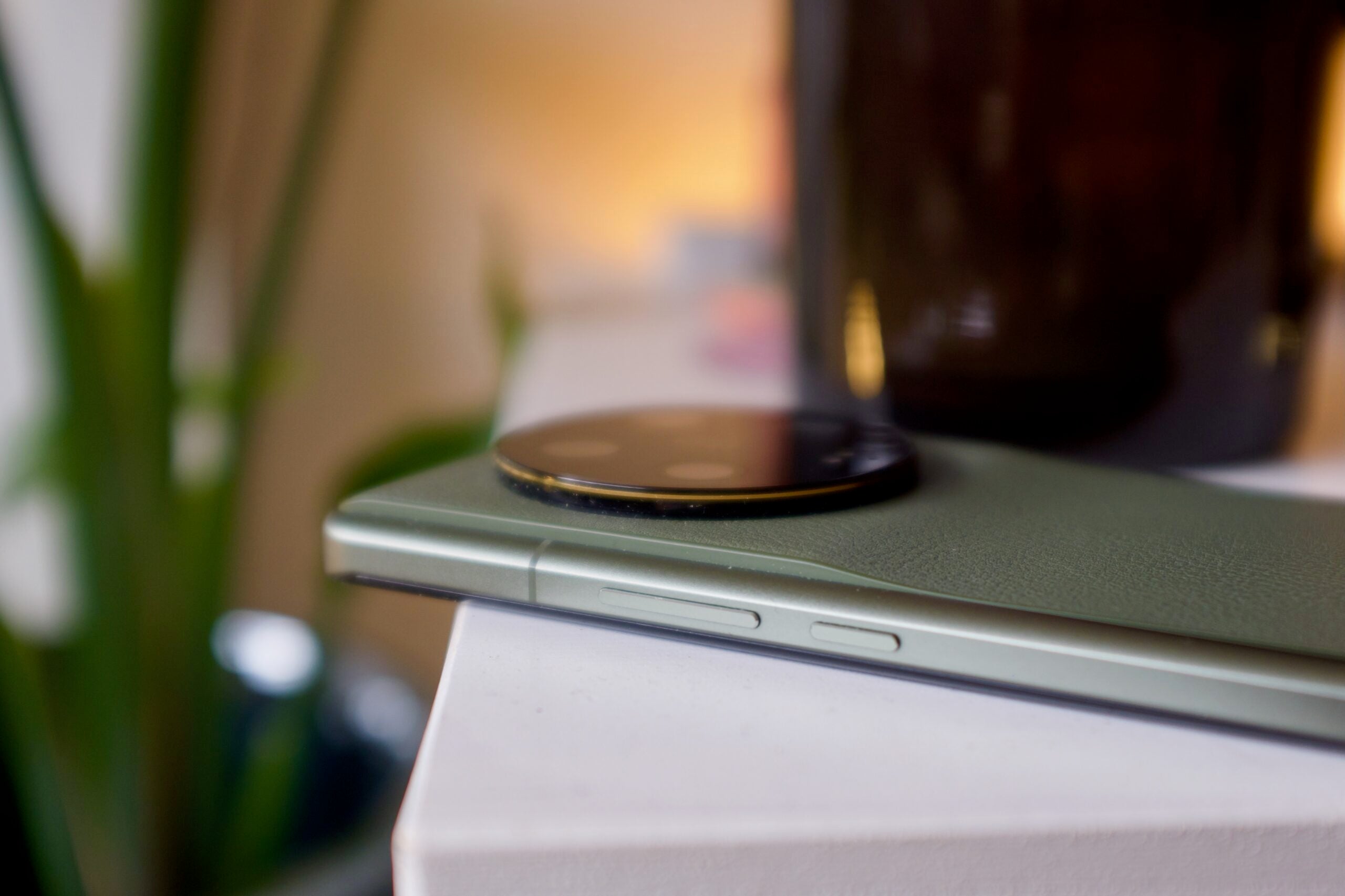
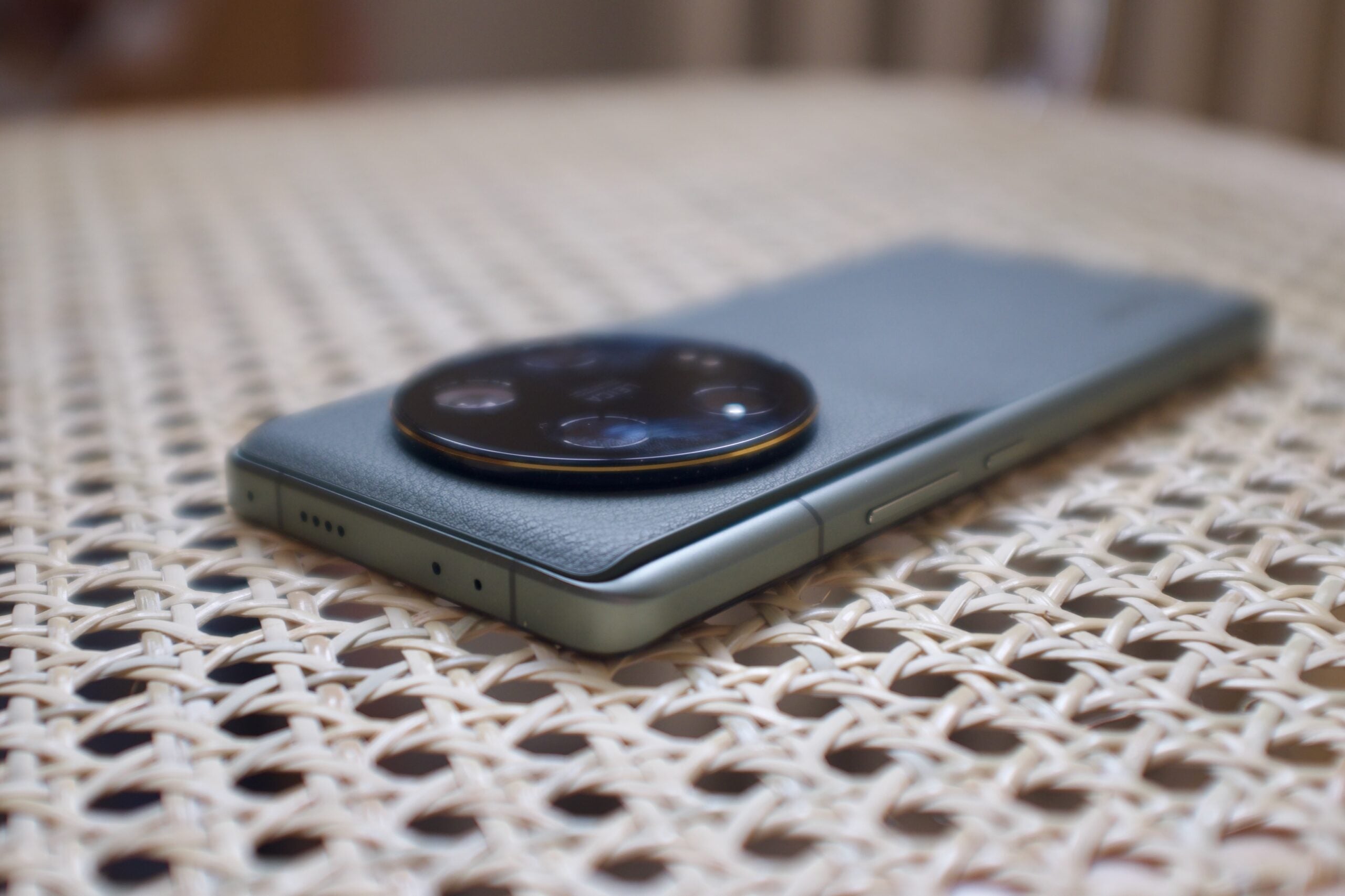
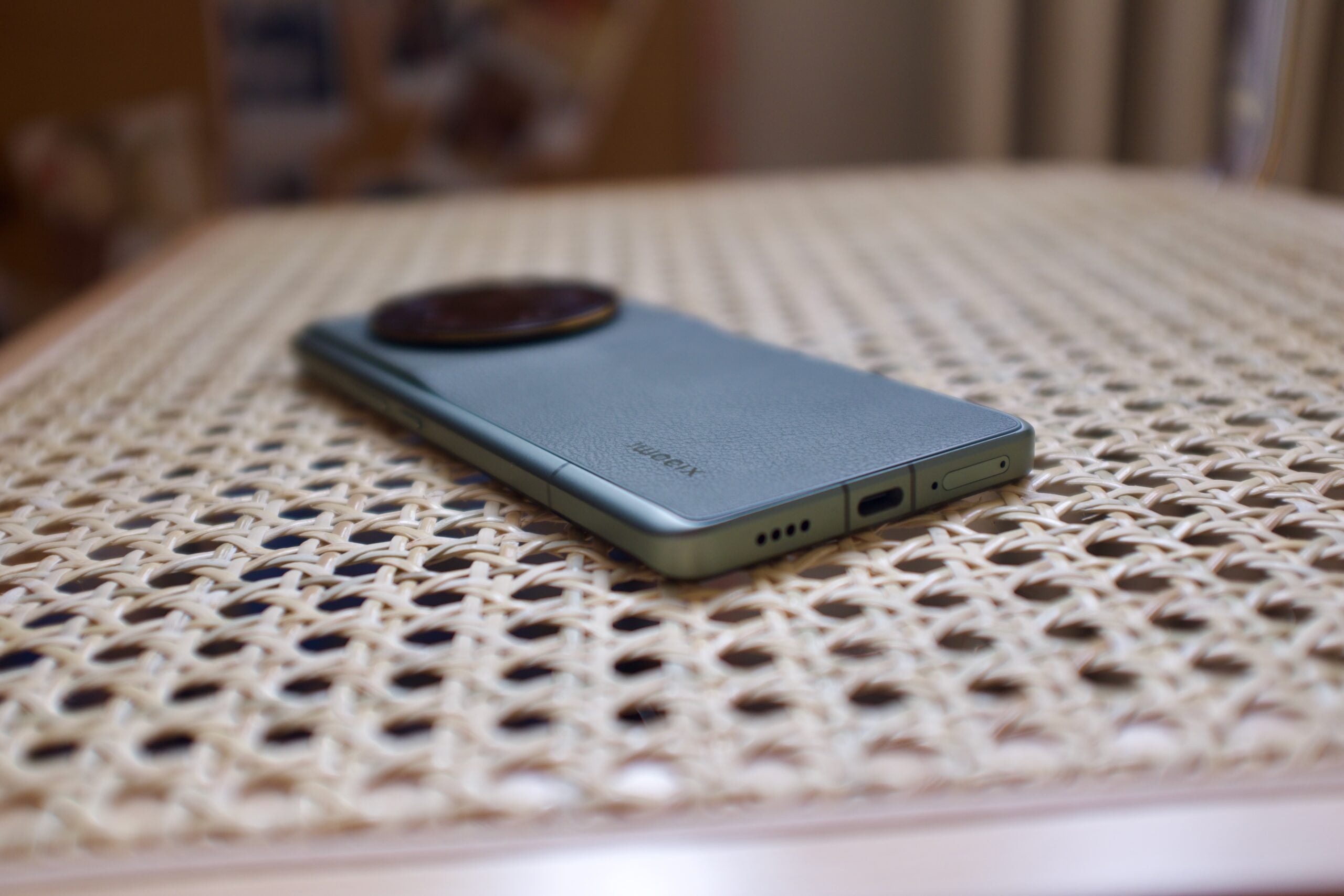
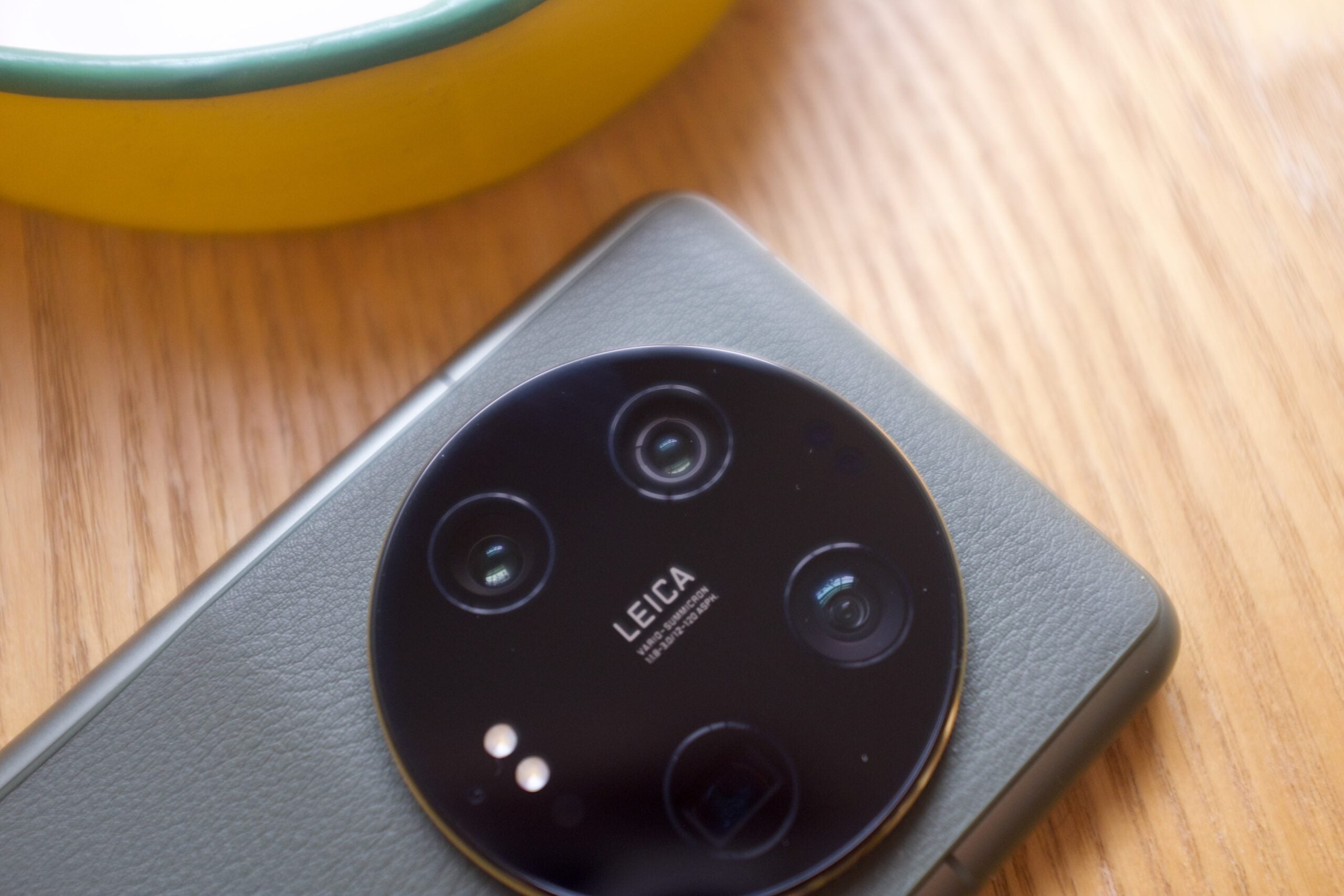
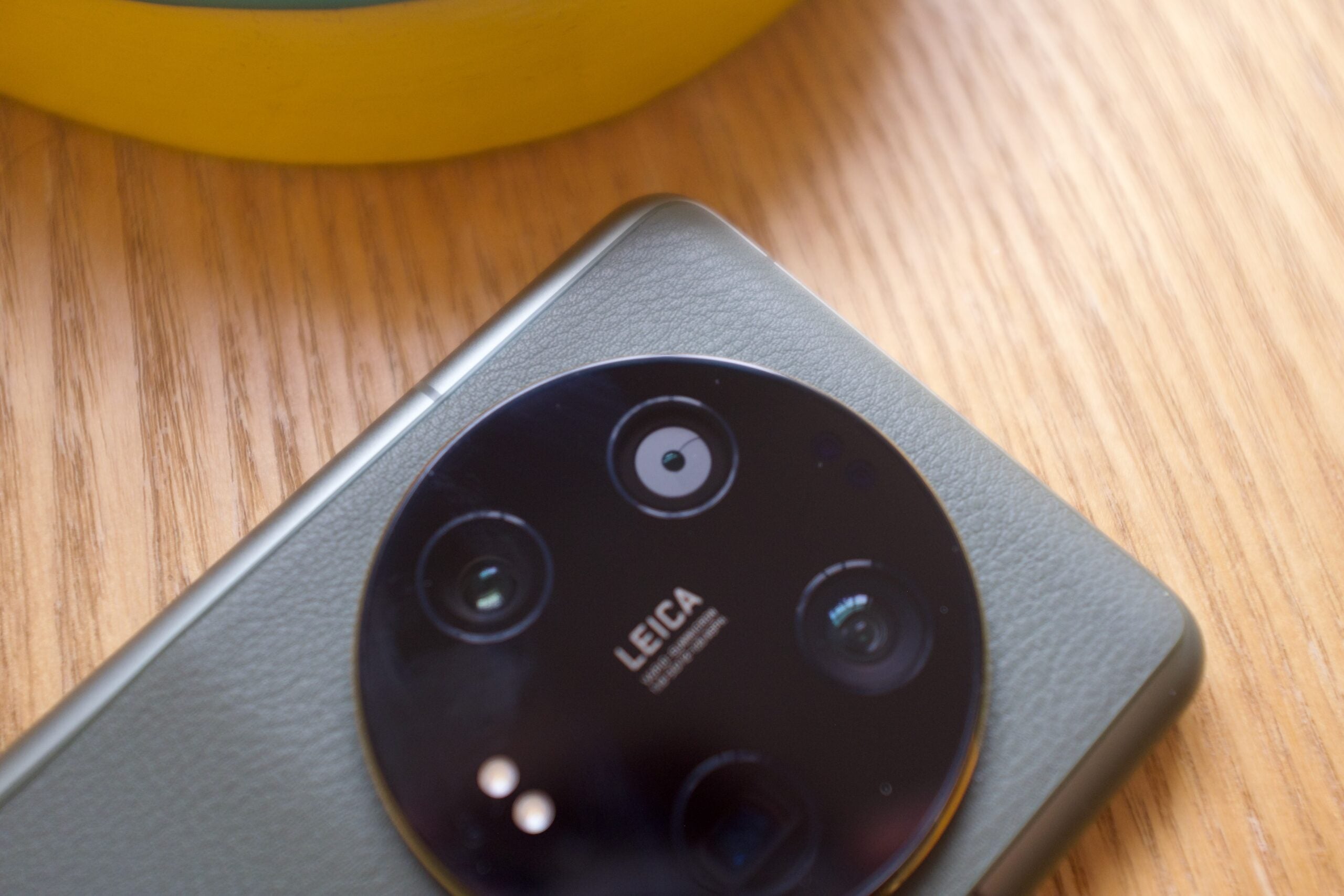

Verdict
A global release for the Xiaomi 13 Ultra can’t come soon enough. This is a fantastic device that lives up to its lofty name.
Pros
- Interesting camera-focussed design
- Huge camera versatility
- Ticks all the performance and display boxes
Cons
- Poor front camera
- Shoddy microphone quality
- No worldwide release (yet)
Key Features
- Class-leading camera hardwareQuad camera system with a 1-inch main and variable aperture
- High-end screenWQHD+ 120Hz OLED display with Dolby Vision
- Speedy internalsSnapdragon 8 Gen 2, up to 16GB memory and 1TB storage
Introduction
Following on from the very good Xiaomi 13 and the even better Xiaomi 13 Pro, the 13 Ultra is the true flagship in the brand’s 2023 range.
Take one glance at the back of the Xiaomi 13 Ultra and the phone’s proposition is immediately obvious. A massive camera bulge signals this as much of a camera as a phone.
The Xiaomi 13 Pro is already one of the best camera phones around, so this Ultra needs to really do something special to set itself apart.
After spending an extended period with the device, I think it’s safe to say it lives up to its own hype.
(Editor’s Note: There’s currently no US, European or UK pricing or availability confirmed for the Xiaomi 13 Ultra and this review was conducted with a Chinese model running Chinese software. For reference, the base model works out at roughly £700/$869 – though expect this to be much higher if a wider release is confirmed. While it’s very good, this phone isn’t designed for markets like the UK and the USA and there are some issues that wouldn’t be there if this was a global version. Just keep this in mind if you’re planning on importing the Xiaomi 13 Ultra.)
Screen and Design
- Silicone leather back available in three colours
- Adaptive 120Hz OLED with Dolby Vision support
- A peak brightness (reported) of 2600 nits
I am sure it’ll divide opinion greatly, but I have been charmed by the design of the Xiaomi 13 Ultra.
The back is covered in what Xiaomi calls an ‘antibacterial nanotech silicone leather’ – but to you and me that’s basically faux leather, or vegan leather. It’s a textured covering, giving added grip and ensuring no fingerprints or smudges will appear.
Surrounding the textured finish are flat metal sides and while the silicone leather doesn’t flow into the sides in a smooth manner, I actually like the distinct two-tone finish Xiaomi has gone for. Three colours are available – green (the version you can see in these images), black and white – and they all feature the same finish.
The sides of the phone are flat, giving your fingers more room to comfortably sit when holding the phone horizontally and taking pictures, while there’s a noticeable hump sitting below the huge camera system. Some will hate how big and obvious the camera is here, but I like it and it helps the Ultra stand out in a sea of fairly dull Android smartphones.

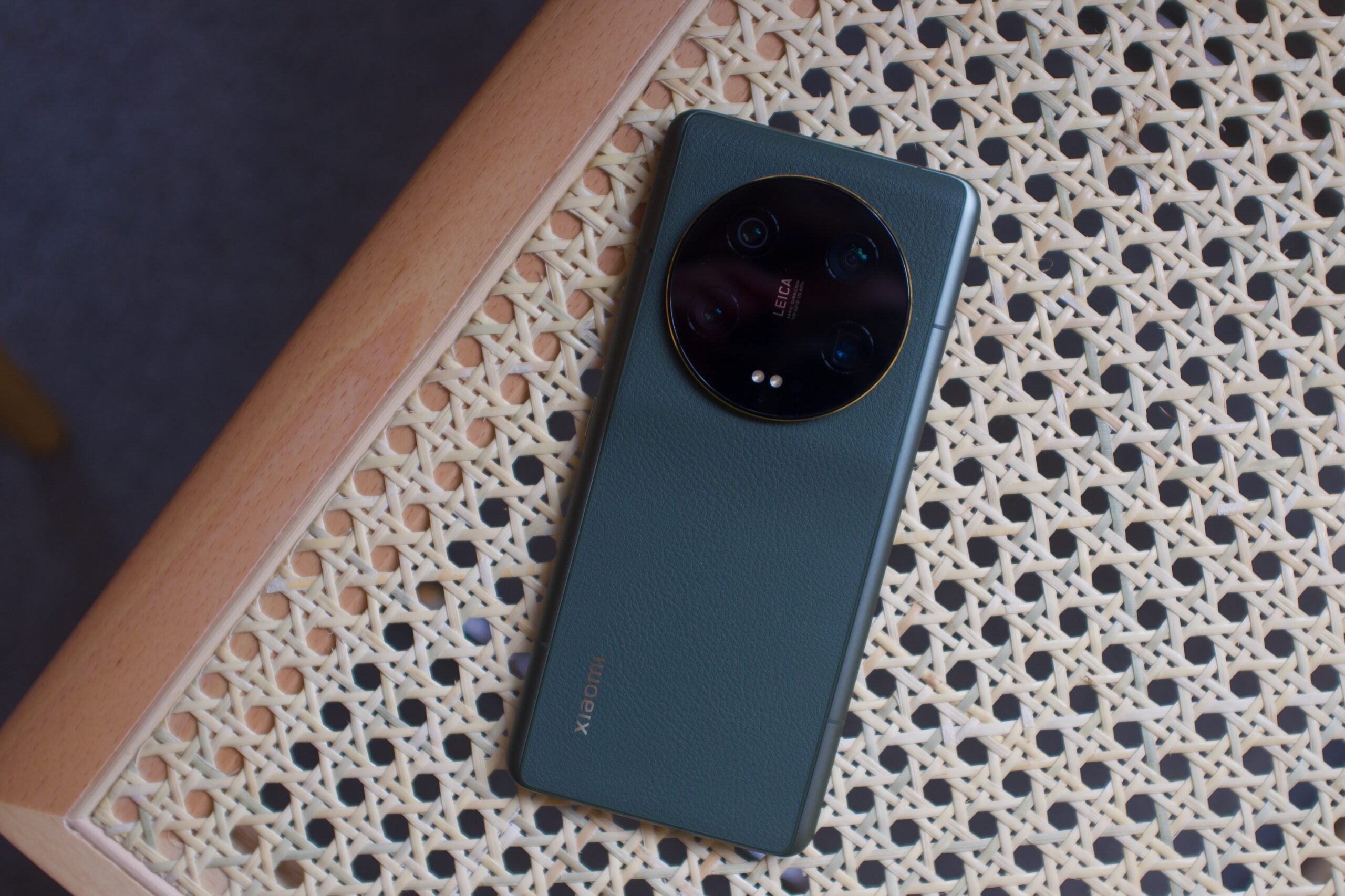
However, having such a large camera module does come with some downsides. For one, finding a comfortable place to rest your fingers below it is, to put it mildly, tricky. It’s hard to avoid smudging the camera with your fingers and it’ll a little hard to hold. Even after nearly a month of using this phone, it doesn’t feel very natural. It also doesn’t lay flat on a desk, constantly wobbling about.
It’s a heavy phone at 227g and it does feel weighty, though reassuringly so. It’s finished wonderfully well too, with precise cutouts and a real high-end feel.
While the camera is the focus, the basics haven’t been forgotten about. The phone packs an IP68 rating and Gorilla Glass Victus covering the front display. The 6.73-inch display is much the same as the one on the Xiaomi 13 Pro, peaking at 2600 nits of brightness in specific use cases and toting the ability to dynamically lower the refresh rate to 1Hz to save power.
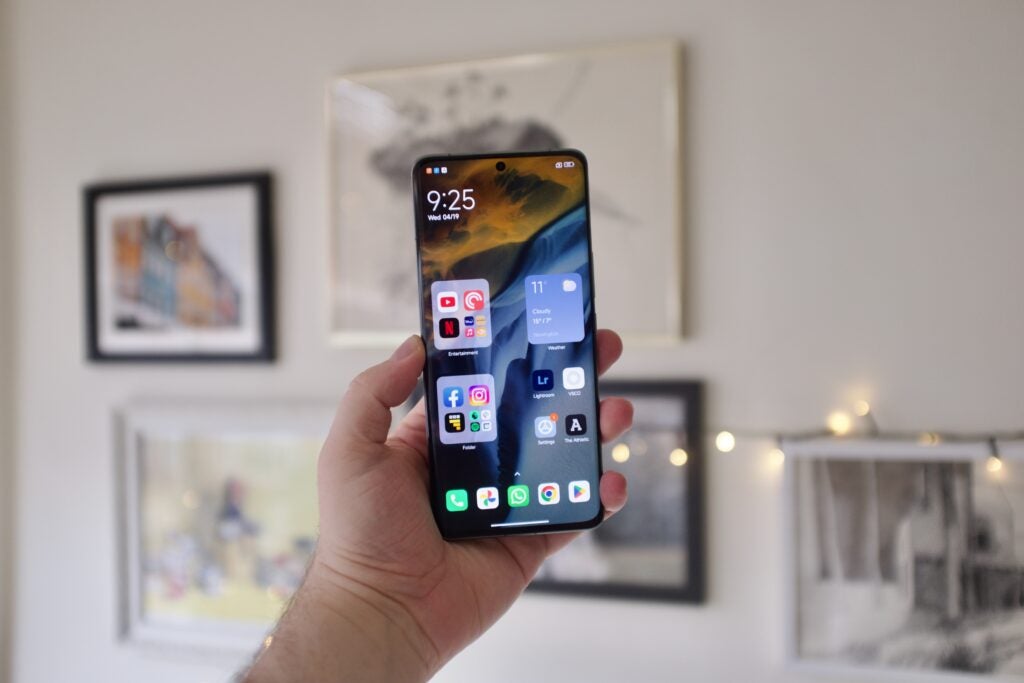
It’s a cracking screen, really excelling in displaying HDR content thanks to the high levels of brightness and Dolby Vision support on Netflix.
Camera
- Four rear 50MP cameras
- Main camera can alternate between f/1.9 and f/4.0
- 120mm telephoto camera, 75mm telephoto and 12mm ultra-wide
The camera array Xiaomi has used here is, on paper at least, impressive.
There’s nothing on the market that can compete with it for pure tech and it’s a reasonably large hint about where smartphone cameras are heading. In many ways, the Xiaomi 13 Ultra is more camera than phone.
In a similar fashion to the Xiaomi 12S Ultra, the 13 Ultra is designed to really look like a camera. There’s been no attempt to hide the absolutely gigantic module on the back, quite the opposite in fact, as Xiaomi has proudly used it as the main, eye-catching design element on the phone.
The circular housing holds four distinct cameras and heavy Leica (Xiaomi’s imagine partner) branding with each of them using 50-megapixel sensors. There are two telephoto cameras, one with a 75mm zoom and another with a 120mm zoom, plus a 122-degree field of view ultra wide and a main camera with an aperture that can shift between f/1.9 and f/4.0.


That main camera is the star of the show thanks to its huge 1-inch sensor (the same one found in the Xiaomi 13 Pro – a phone we know takes amazing photos) but the differentiator here is that variable aperture. The wider f/1.9 aperture is great for getting that shallow depth of field effect and allowing more light into that huge sensor, while the narrower f/4.0 reduces the background blur, keeping more of the frame in focus.
When I first started reviewing the phone, there was a quick toggle for switching between the apertures at the forefront inside the camera app, however a subsequent update, annoyingly, buried this deeper inside the settings. I’d assume this change is to push more into using the auto mode, which automatically alters the aperture without any fiddling required.
I’ve generally found the auto-switching doesn’t work too well, rarely actually doing anything, and I have preferred to manually alter it depending on what I am shooting. The image below is a good example of what the differences between the two settings are, with the background far blurrier at f/1.9 than at f/4. Switch to f/4 when shooting landscapes or shots with multiple people and there isn’t any blurring on the edges that’s become so common with smartphone photography.


Variable aperture on smartphones isn’t new – Samsung used it in 2018 with the Galaxy S9 and it was a bit of a dud feature that didn’t reappear on the S10 – but it feels far more useful now with the switch to larger sensors. These large sensors can often render more of the image out of focus than before, so adding in that f/4 option helps alleviate this issue.
Overall, the images taken with the Xiaomi 13 Ultra are impressive and at times stunning. The detail is strong, the colours subtle and realistic (Leica is most likely to thank for this) and due to the high quality sensors used throughout, there isn’t a huge dip in quality whichever focal length is chosen.
My biggest takeaway after shooting with this phone for the past month is that the images look more like those shot with a mirrorless camera rather than a phone, even an excellent one like the Samsung Galaxy S23 Ultra. This can be both a positive and a negative, though.
For instance, if you like tweaking and tinkering with shots after they’ve been taken, the huge sensor opens up myriad possibilities. There’s much more data to play with and the results from this phone only get better if you’re willing to put a little more effort in. This does mean that on some occasions, images straight out of the phone can look a tad flat, especially if you’re using the Leica Authentic preset.





Flip it over to Leica Vibrant and there’s certainly more pop and saturation in greens and reds, though not to the level of a flagship Samsung or iPhone. I actually prefer the more realistic approach, however I can understand why some find it a little less visually appealing.
The big sensor is fantastic at capturing a natural bokeh effect, pulling out detail from a foreground object and giving a silky blur to the background. Phones like the iPhone 14 Pro can do this well, but the Xiaomi 13 Ultra tops it with some stunning results. Just look at how natural the background in the shot of the flower below looks – there’s barely any need for a dedicated portrait mode here.
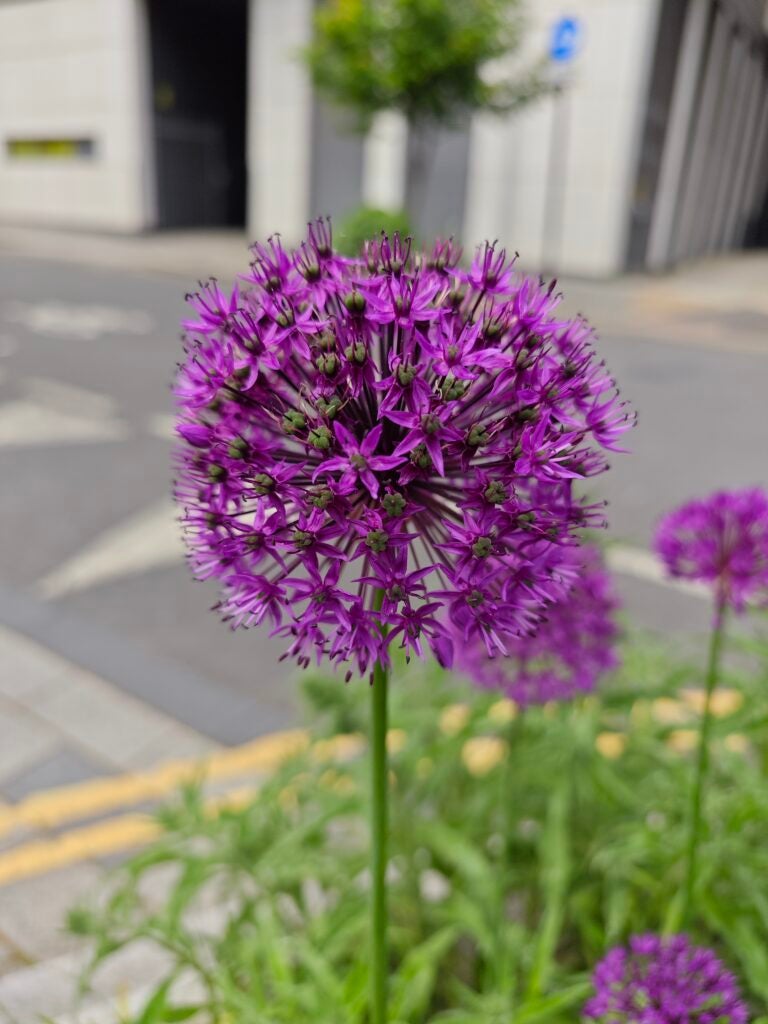
Xiaomi’s decision to use quality sensors behind each different lens pays off, ensuring whether you’re zooming or going ultra-wide the image remains strong and detailed.
The 3.2x and 5x telephoto produce good shots too and it’s smart of Xiaomi not to bother with those frankly ridiculous 100x zoom options seen elsewhere. Being able to punch in 3x or 5x, and retain huge amounts of detail, is a much better option.

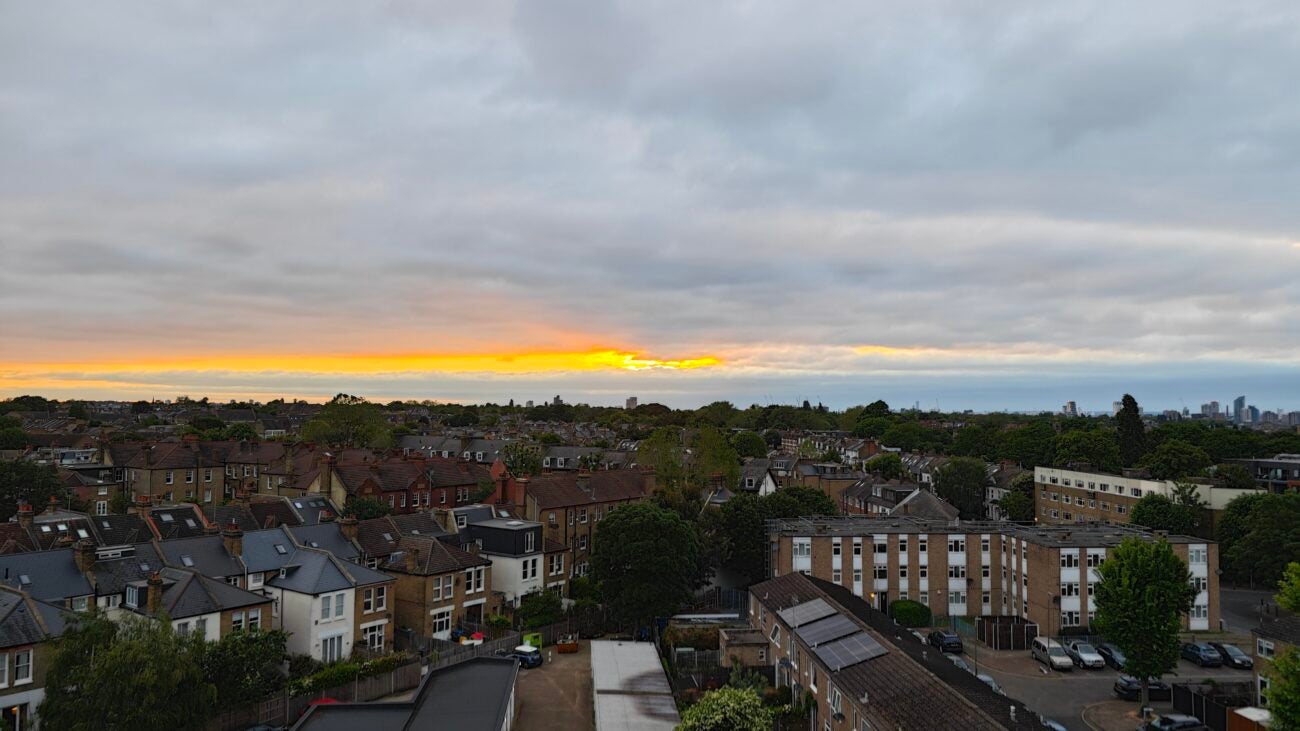
The big sensor helps capture plenty of light in darker situations too. Lots of detail was retained in the images taken at the Beyonce concert below, with a nice mix of colours kept too.

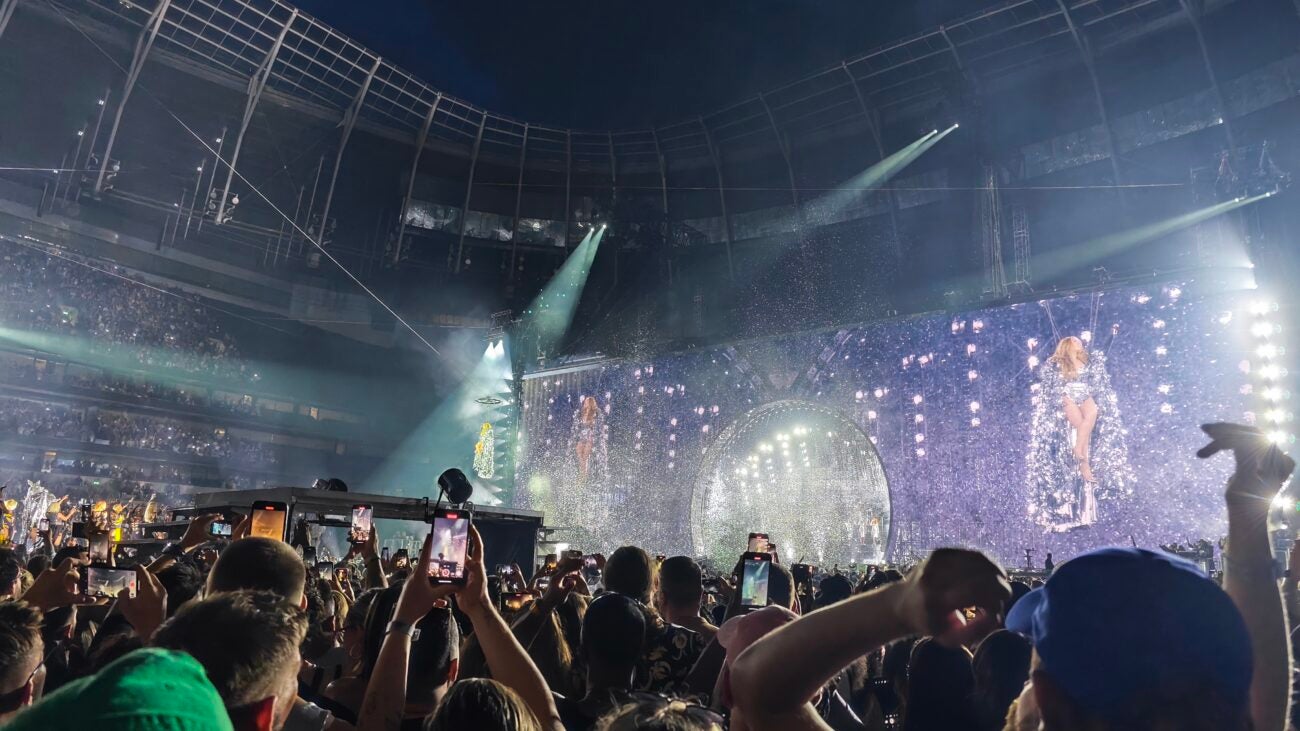
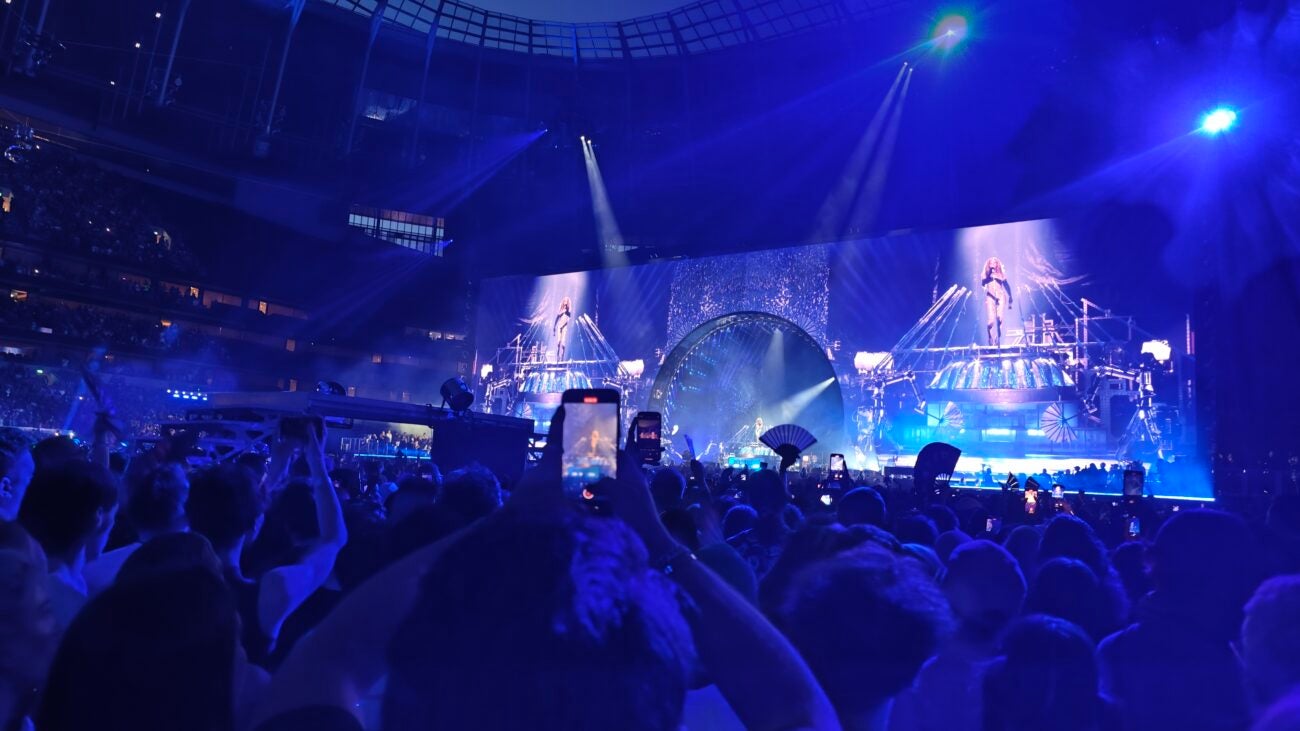

It can be quite slow to shoot when it is really dark, but the results are mostly very good.

Impressions of the 32MP selfie are less strong, though. Images here lack colour, detail and natural tones, instead looking quite odd. This has been a theme of a lot of previous Xiaomi phones, even high-end ones.
Switching over to video and there is a lot to mess around with. 10-bit LOG video recording is supported, and you can shoot 8K across all four of the rear cameras in cinematic 24fps. HDR recording is supported in Dolby Vision up to 4K at 60fps.
Video recording is very good, with a high-quality feel and plenty of detail. However, a real issue I have faced is that the microphone is absolutely terrible, rendering most of the videos useless if there’s even the slightest hint of background wind. This is a real shame, and makes this phone really hard to recommend for those wanting to capture video.
Performance
- Snapdragon 8 Gen 2 chipset
- Up to 1TB storage and 16GB RAM
- MIUI 14 software
Like just about all the high-end Android phones we’ve reviewed so far this year, the Xiaomi 13 Ultra is powered by Qualcomm’s 8 Gen 2 chipset.
Alongside the chipset, there’s 12 or 16GB of LPDDR5X memory (this can be upped by another 3GB with the memory extension feature) and 256GB/512GB/1TB storage, although there is no microSD expandability.
It’s a fast, capable set of internals and this is, predictably, a very fast phone. Both in real-world, day-to-day use and in our usual set of benchmark tests the Xiaomi 13 Ultra performs well – keeping its own with other high-end Android devices. You can see how it compares in the benchmark table below.
The model provided by Xiaomi for this review is the Chinese edition of the phone, and there’s no confirmation yet whether or not there will be a global edition. That means there’s no Google Play (or Google services) by default and there are many elements of the software that are stuck in Chinese whatever the language of the phone is set to. This won’t be the case when (and if) global versions become available.
Using a phone running software like this isn’t for everyone – and I certainly wouldn’t want to live with it long-term. There are just too many issues to make it worth the hassle and even though the screen and camera are excellent, I don’t think I can recommend anyone import this phone unless they are really willing to put up with a janky software experience.
Some of the issues include apps, notably WhatsApp, not alerting me to new messages for hours at a time, certain Chinese elements of the software being unable to be switched to English and constant notifications from apps I have never used. Xiaomi MIUI is also full of bloat, including horrible additions like widgets you seemingly have to pay for. A lot of these issues will be fixed if we get a European release, however MIUI does remain one of my least favourite versions of Android.
Battery Life
- 90w wall charger included
- Wired and wireless support
- Sizable 5000mAh battery
There’s a big 5000mAh battery inside the Xiaomi 13 Ultra and it leads to strong endurance, especially for a flagship phone with such a fast, bright display. Throughout my nearly two months using the phone, I usually would end the day with upwards of 30% left and even on the busiest of days – including multiple hours testing out the camera – I rarely found myself going below 10% or needing to enable some of the battery saver modes.
Oddly, standby times were poor, dropping by as much as 15% when the phone was unplugged overnight. This gives me the impression the phone is far from being properly optimised, and this could be another issue with the software. Hopefully, this wouldn’t be an issue if a global release was to come.
Wired and wireless charging are both supported on the Xiaomi 13 Ultra, with 90w being the fastest speed available. That’s marginally slower than the Xiaomi 13 Pro, though still very speedy.
Xiaomi claims a full 0-100% charge takes 35 minutes when using the included charger and I managed to get slightly faster speeds than that, topping up fully in 32 minutes. A 15-minute charge can take the phone from 0-50%.
Latest deals
Should you buy it?
You want the most versatile and capable smartphone camera: The camera system is stacked and the results are superb, often excellent.
Selfies are key: You’ll get better selfies with the Samsung Galaxy S23, and you’ll even get better selfies with the Pixel 7a. The front camera here is not very good.
Final Thoughts
There’s currently no UK, European or US pricing or availability for the Xiaomi 13 Ultra yet and judging by the Chinese price it’s going to cost a far whack more than the £1099 Xiaomi 13 Pro. If it was to arrive in the UK, there’s every chance this could be priced between £1300-1400 – but that’s pure guesswork at this stage.
The 13 Ultra does a lot though and the camera hardware is some of the finest I have seen on any phone to date. The huge sensor, variable aperture, duo of telephoto sensors and four 50MP sensors make for a tempting package, especially if you want more creative control over your snaps than you get from an iPhone 14 or Galaxy S23.
This is the definition of a niche phone, but it’s full of innovation and it actually lives up to the Ultra branding. Something I very rarely find.
As to whether I would recommend anyone import the Chinese version before a global version is announced, I think you’d have to be willing to accept a lot of software quirks that make using the phone for day-to-day basics a bit of annoyance. Still, the rear cameras, screen, design and performance all remain excellent.
How we test
We test every mobile phone we review thoroughly. We use industry-standard tests to compare features properly and we use the phone as our main device over the review period. We’ll always tell you what we find and we never, ever, accept money to review a product.
Find out more about how we test in our ethics policy.
Used as a main phone for the review period
Thorough camera testing in a variety of conditions
Tested and benchmarked using respected industry tests and real-world data
FAQs
While it’s not there by default, it’s easy to enable and install.
Yes, you got both a fast charger and case in the box.

